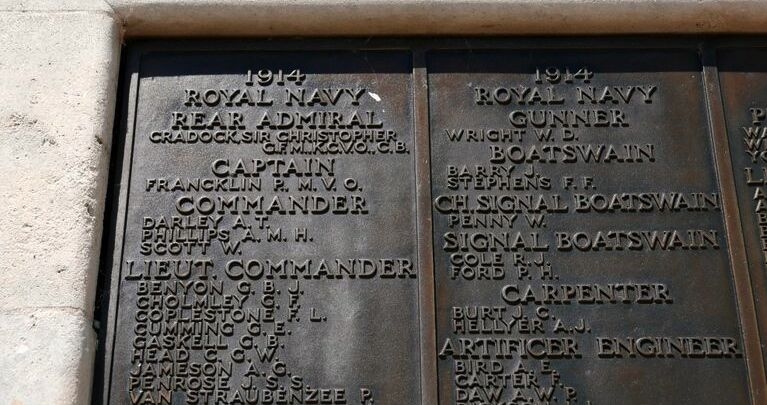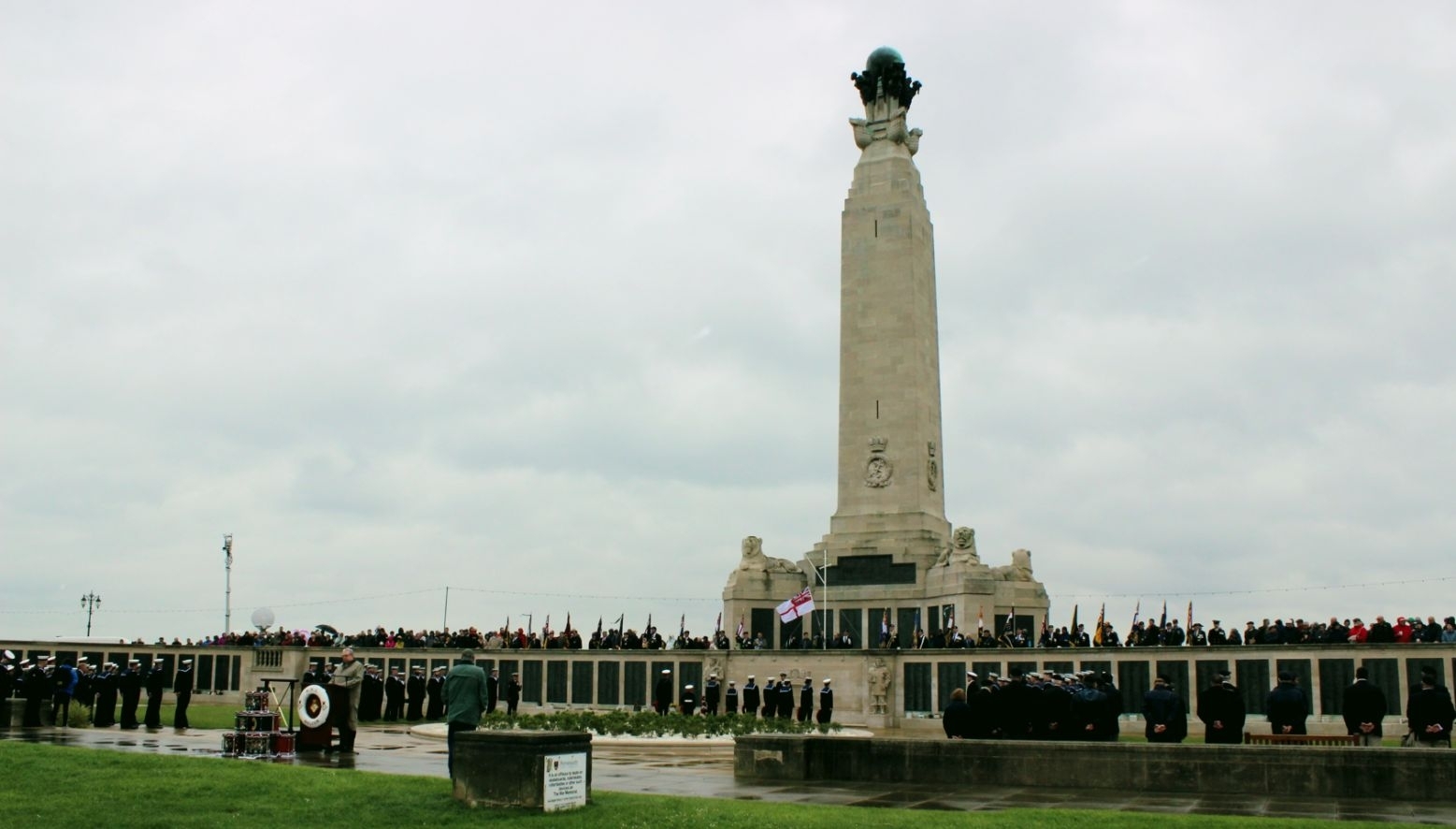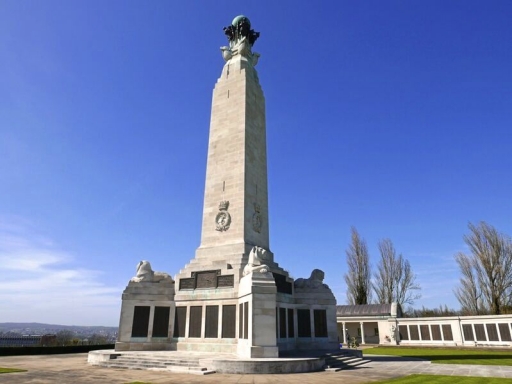Three naval memorials are at the forefront of a new Commonwealth War Graves Commission project, encouraging people to research the stories of thousands of sailors who have no grave but the sea.
The distinctive trio of monuments – built at the British naval bases of Portsmouth, Plymouth and Chatham after the Great War – remember the Royal Navy’s dead of both world wars.
CWGC is inviting individuals, community groups, schools and organisations to discover and share local stories behind the neatly engraved columns of names. A resource pack has been produced for participants.
Tower Poppies
The venture, among events marking the CWGC’s own Centenary in 2017, has been launched to coincide with the opening of the Tower of London poppy installation, Wave, at the Plymouth Naval Memorial on August 23.
Jennie Sweeney, Head of Community Engagement at CWGC, said: “We encourage you and any organisation you are associated with to register for the ‘For Those in Peril’ pack and use this resource as your starting point to research, remember and share local stories.
“Your research and acts of remembrance, will be documented by us to create a snapshot of how communities continue to remember those with no grave but the sea, 100 years after the First World War.”

Rear Admiral Sir Christopher Cradock (top left), whose flagship was sunk at the Battle of Coronel, is among 10,000 dead of the First World War commemorated on the Portsmouth Naval Memorial. ‘Kit’ Cradock perished while leading an unsuccessful attack on the Imperial German Navy’s East Asia Squadron – commanded by Vice-Admiral Maximilian von Spee – off the coast of Chile in November 1914. In all, more than 1,500 British crewmen were lost (Photo: Centenary News)
The Portsmouth, Plymouth and Chatham Naval Memorials were built as identical monuments, each taking the form of an obelisk, providing a beacon for shipping.
They were unveiled within a few months of each other in 1924 and later extended, with differing designs, to include casualties of the Second World War. Today, they commemorate more than 65,000 personnel of both world wars.
The Plymouth Memorial – sited on The Hoe, overlooking the approaches to Devonport naval base – includes the names of Australian and South African WW1 sailors.
The Tower of London poppy installation, ‘Wave’, is being presented at the Plymouth Naval Memorial from 23 August – 19 November 2017 as part of the UK’s 14-18 NOW cultural programme marking the WW1 Centenary. For more about the history and design of the Plymouth Memorial, and those at Portsmouth and Chatham, see the CWGC website.
 Battle of Jutland Centenary Commemorations at Portsmouth Naval Memorial, 31 May 2016 (Photo: Centenary News)
Battle of Jutland Centenary Commemorations at Portsmouth Naval Memorial, 31 May 2016 (Photo: Centenary News)
Also in Centenary News:
‘For Then, For Now, Forever’ – CWGC Centenary exhibition at Brookwood Cemetery until November 19.
CWGC founded 100 years ago during the First World War.
Source: Commonwealth War Graves Commission
Images: Centenary News
Posted by: CN Editorial Team
